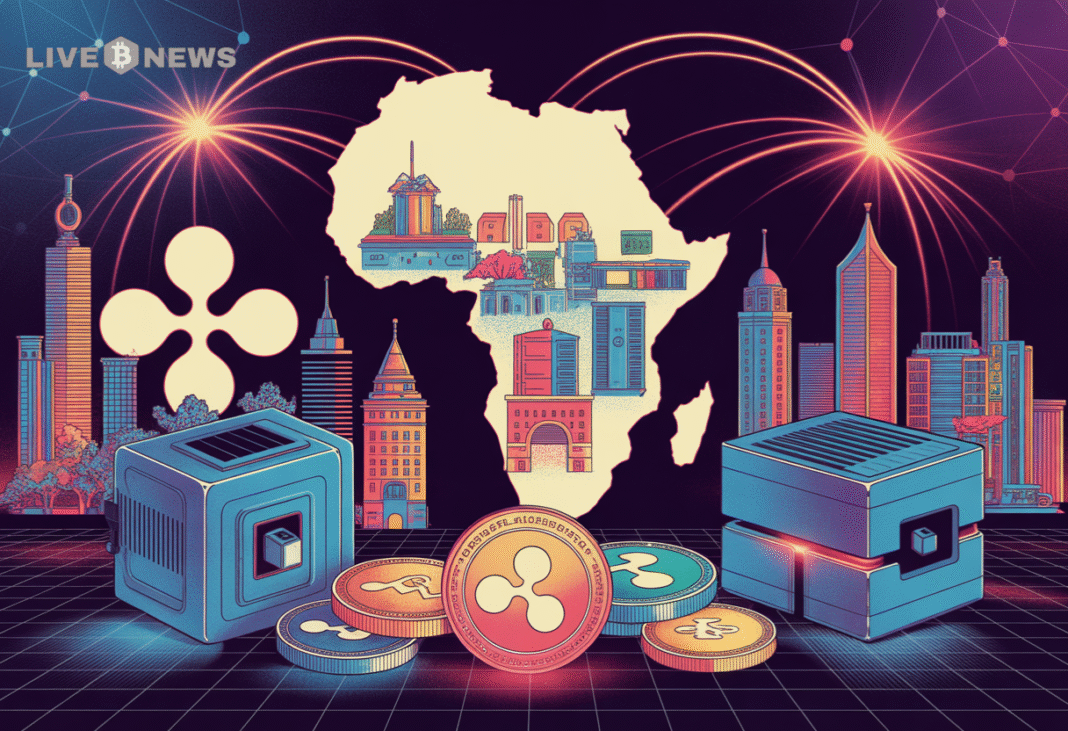Felix Pinkston
Nov 04, 2025 21:22
NVIDIA’s R²D² advances robot manipulation with perception-guided task and motion planning, integrating vision, language, and GPU acceleration for enhanced adaptability in dynamic environments.
NVIDIA has introduced the R²D² framework, a pioneering approach to enhancing robot manipulation through perception-guided task and motion planning (TAMP), according to NVIDIA’s blog. Traditional TAMP systems often falter in new environments due to their reliance on static models. R²D² addresses these limitations by integrating perception, enabling robots to update their plans in real-time and adapt to dynamic scenarios.
Integrating Vision and Language in TAMP
The R²D² framework leverages vision and language to break down complex tasks into manageable subgoals, enhancing a robot’s ability to execute long-horizon tasks. By using models to translate images and instructions into actionable plans, robots can better understand their environment and task requirements. This integration is exemplified by OWL-TAMP, VLM-TAMP, and NOD-TAMP workflows, which combine vision-language models with TAMP to improve task execution in visually complex settings.
GPU Acceleration with cuTAMP
GPU acceleration plays a crucial role in enhancing the efficiency of TAMP. NVIDIA’s cuTAMP framework accelerates the planning process by utilizing GPU parallelization. This approach allows for the swift resolution of plan skeletons and constraint satisfaction, significantly reducing the time required for tasks such as packing and stacking from hours to mere seconds.
Learning from Failures with Fail2Progress
To further improve robot manipulation, NVIDIA introduces the Fail2Progress framework, which allows robots to learn from their own failures. By integrating failures into skill models through data-driven correction and simulation-based refinement, robots can adapt more effectively to novel conditions.
These advancements in TAMP highlight NVIDIA’s commitment to pushing the boundaries of robotics. By integrating perception with task and motion planning, and utilizing GPU acceleration, NVIDIA is setting a new standard for robot adaptability and efficiency in complex environments.
For more detailed insights into NVIDIA’s R²D² framework, visit the NVIDIA blog.
Image source: Shutterstock
Source: https://blockchain.news/news/nvidia-r2d2-revolutionizing-robot-manipulation


